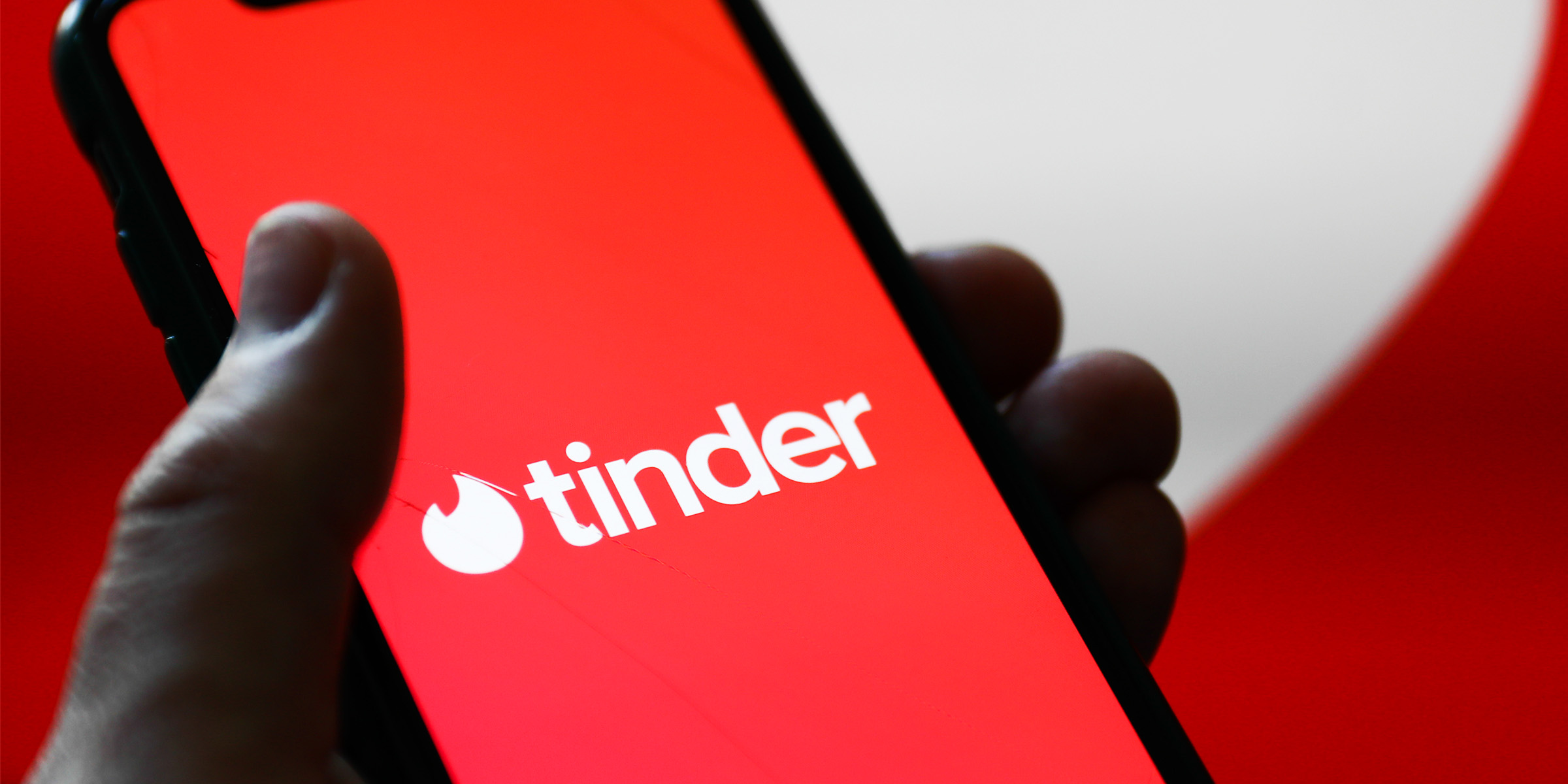
From Swipes to Soulmates — Navigating the Highs and Lows of Digital Dating
Love used to start with eye contact. Now it begins with a swipe. In a world where algorithms play matchmaker, dating has turned into a digital adventure — one that’s equal parts thrilling, awkward, and unpredictable.
Finding love today looks very different from how it used to. Forget chance meetings at coffee shops or being introduced by friends — now, it's all about the swipe. Online dating, once considered a quirky experiment, has become one of the most common ways people meet.
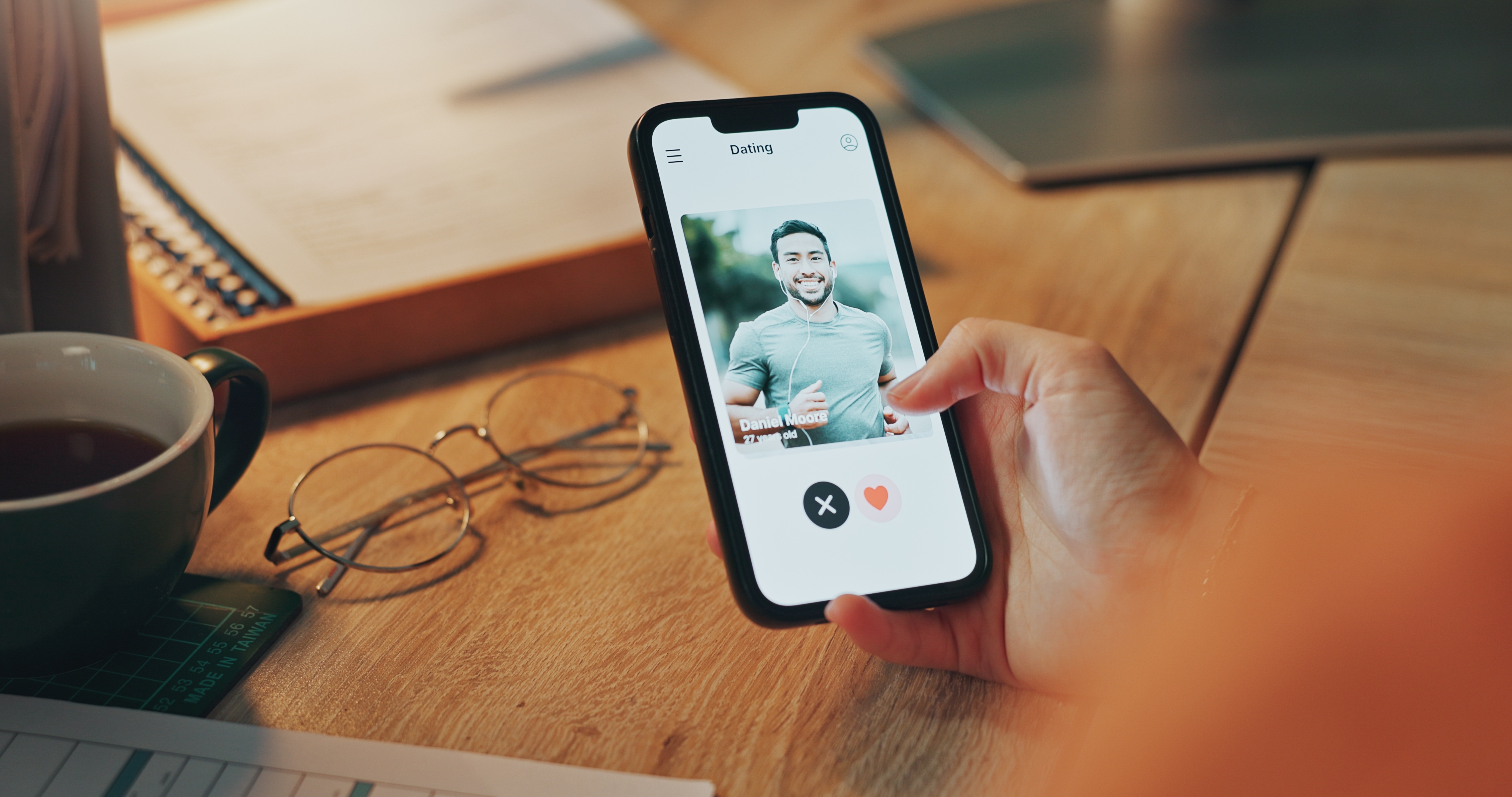
Phone screen, a person's hand and person on dating app | Source: Shutterstock
Apps like Tinder, Bumble, and Hinge have reshaped romance. They've made it easier to connect, flirt, and find potential matches. But with that convenience comes a new set of challenges. In this piece, we'll look at how dating apps took over, what makes online love so tricky, and how to stay smart in the search for something real.
Swiping Into the Mainstream
It's official: dating apps have gone mainstream. Nearly three in ten U.S. adults have tried online dating, and that number jumps to more than half among people under 30. And one app rules them all: Tinder. Nearly half of all online daters (46%) have used it, followed by other big names like Match and Bumble.
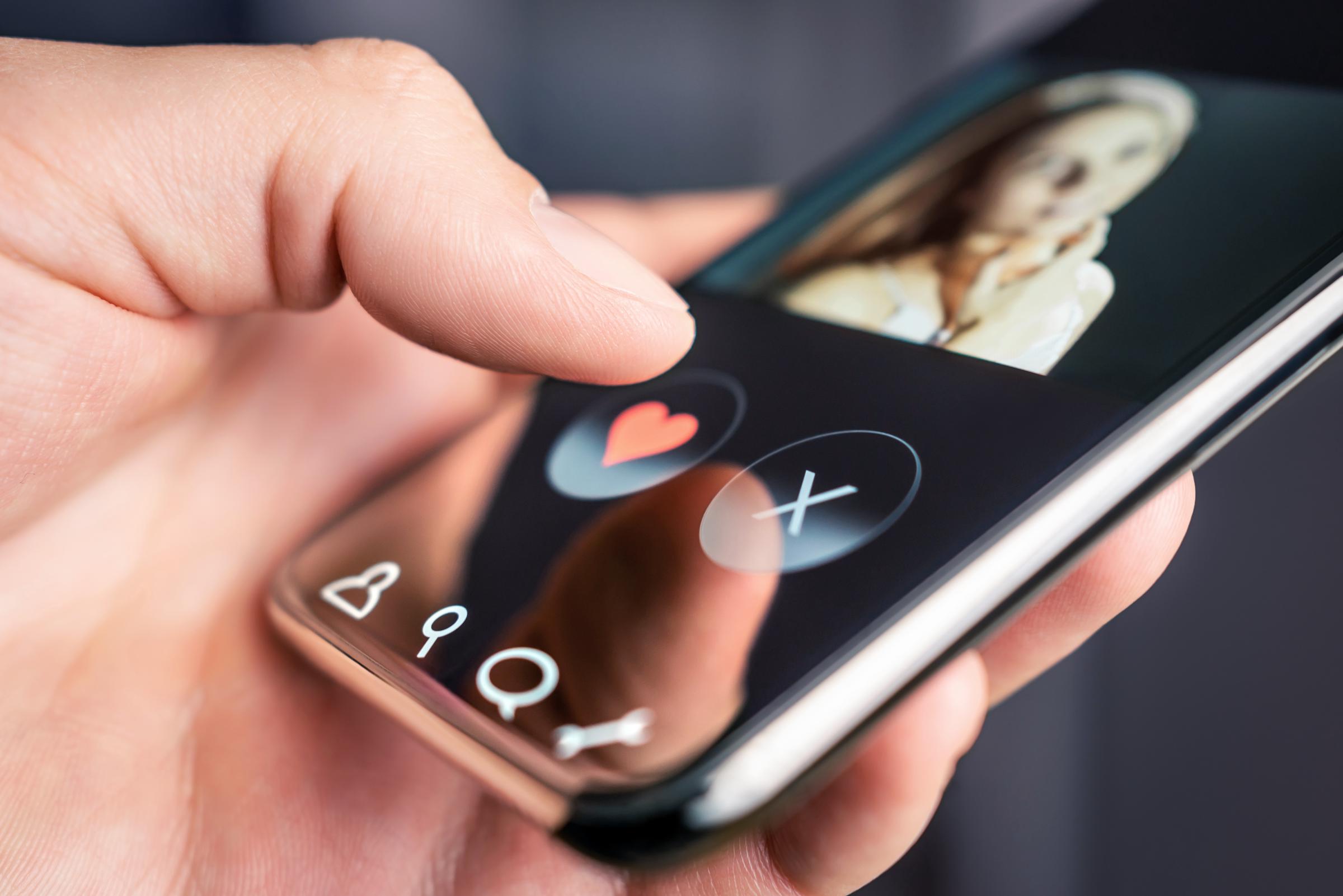
A person using a dating app | Source: Shutterstock
It's no exaggeration to say that online dating has completely transformed how people connect. Meeting someone through an app isn't unusual anymore — it's often the new normal.
The Good, the Bad, and the Complicated Side of Online Love
For many, dating apps have opened new doors. Around one in ten couples today say they met online. That number climbs for younger adults and members of the LGBTQ+ community. The experiences, though, are mixed.
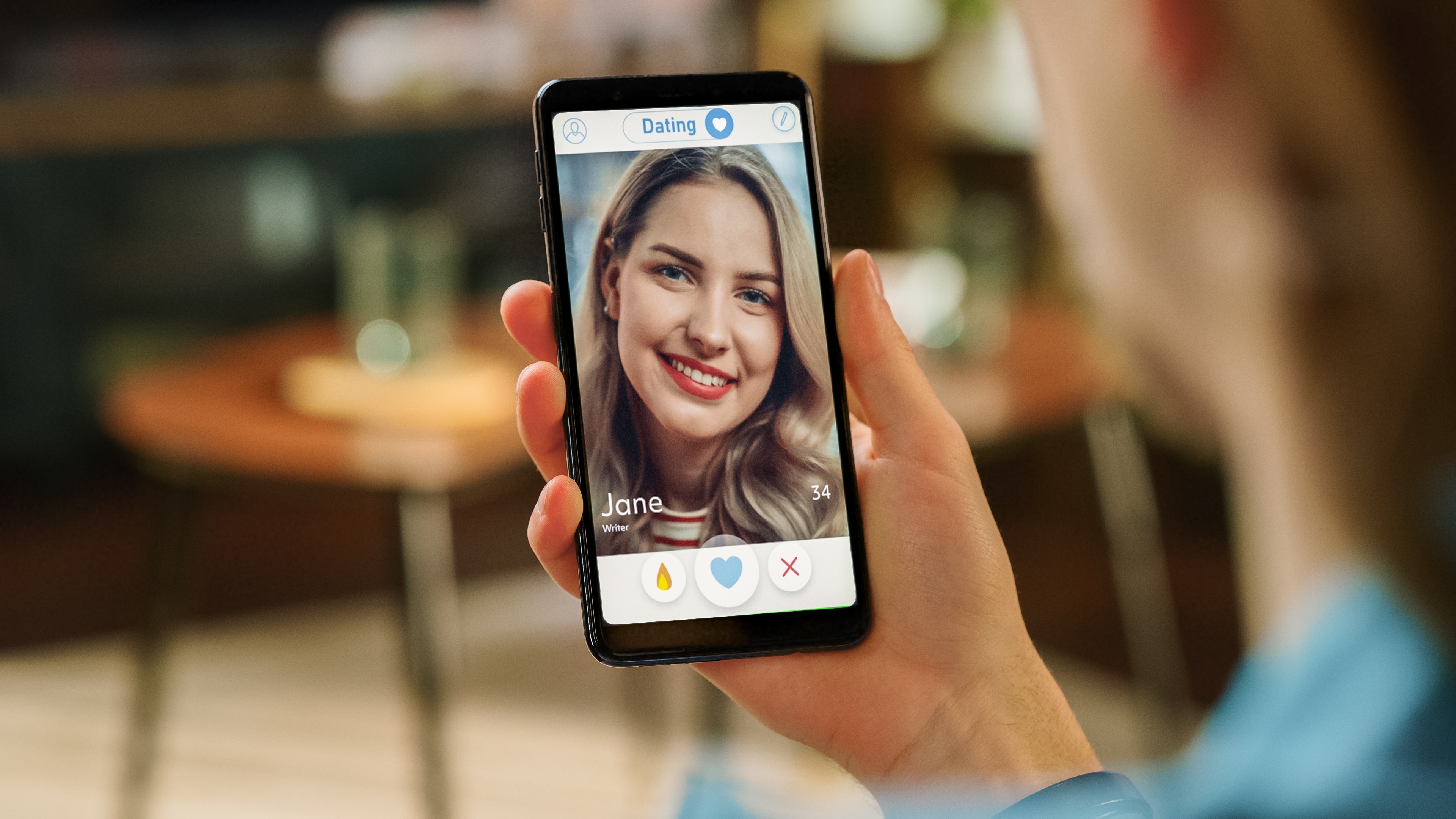
A person using a dating app | Source: Shutterstock
About 53% of users say their time on apps has been positive, while 46% report the opposite. Men tend to have slightly better experiences than women. People also use apps for different reasons. Some want a lasting relationship, while others are looking for something more casual.
Many say apps make finding a partner easier, but a fair share feel that it actually makes things harder. Online dating gives you options, yes, but it also introduces a new kind of emotional math; one that's equal parts exciting and exhausting.
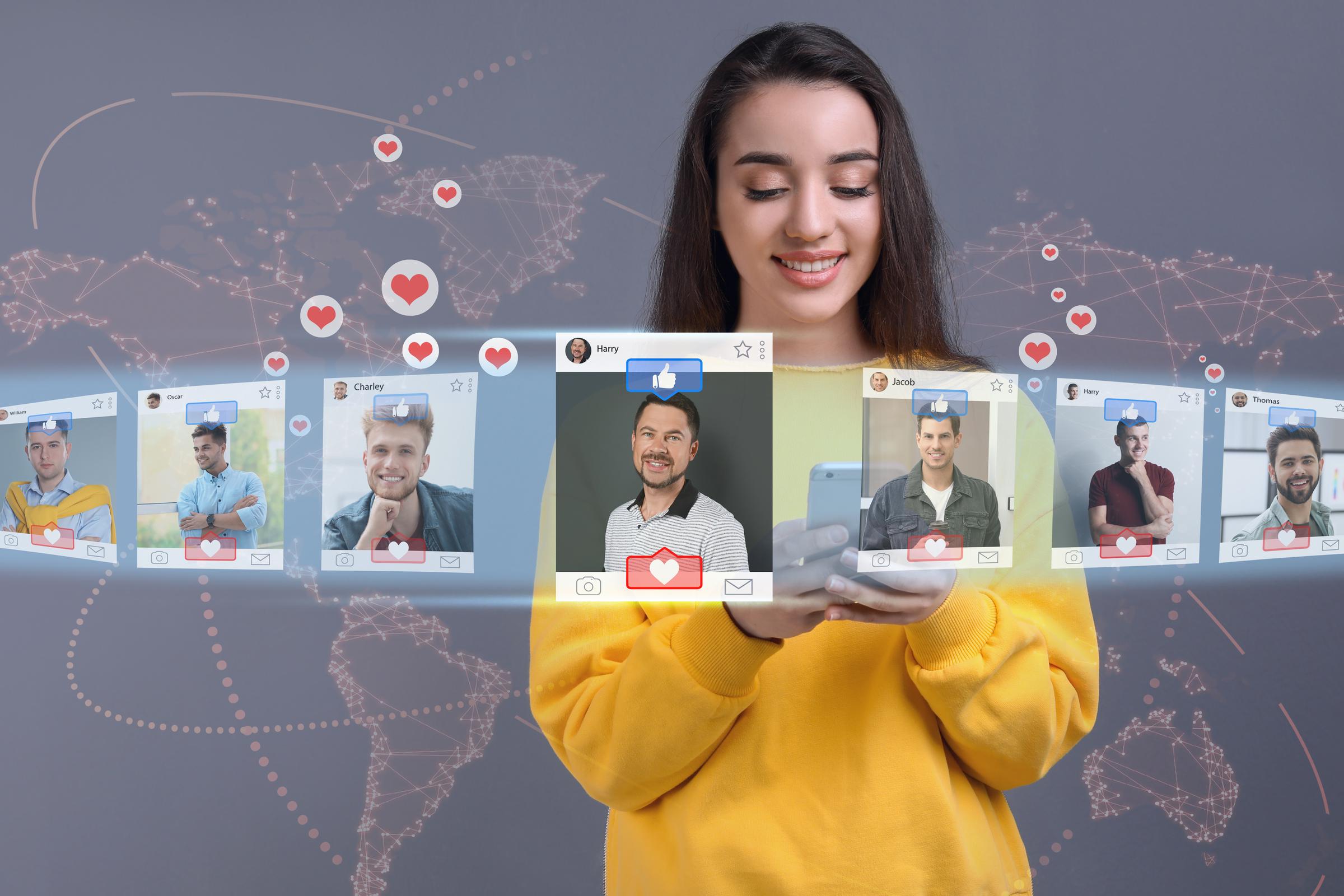
A woman browsing through dating apps | Source: Shutterstock
Navigating the Minefield: Staying Safe and Smart Online
Of course, not all is rosy in the digital dating world. Safety remains one of the biggest concerns. Only 48% of Americans now consider online dating safe, a drop since 2019, and women, in particular, are more likely to feel uneasy.
That concern isn't misplaced. Over half of women under 50 (56%) have received unsolicited explicit messages, and 52% of users suspect they've interacted with a scammer at some point.
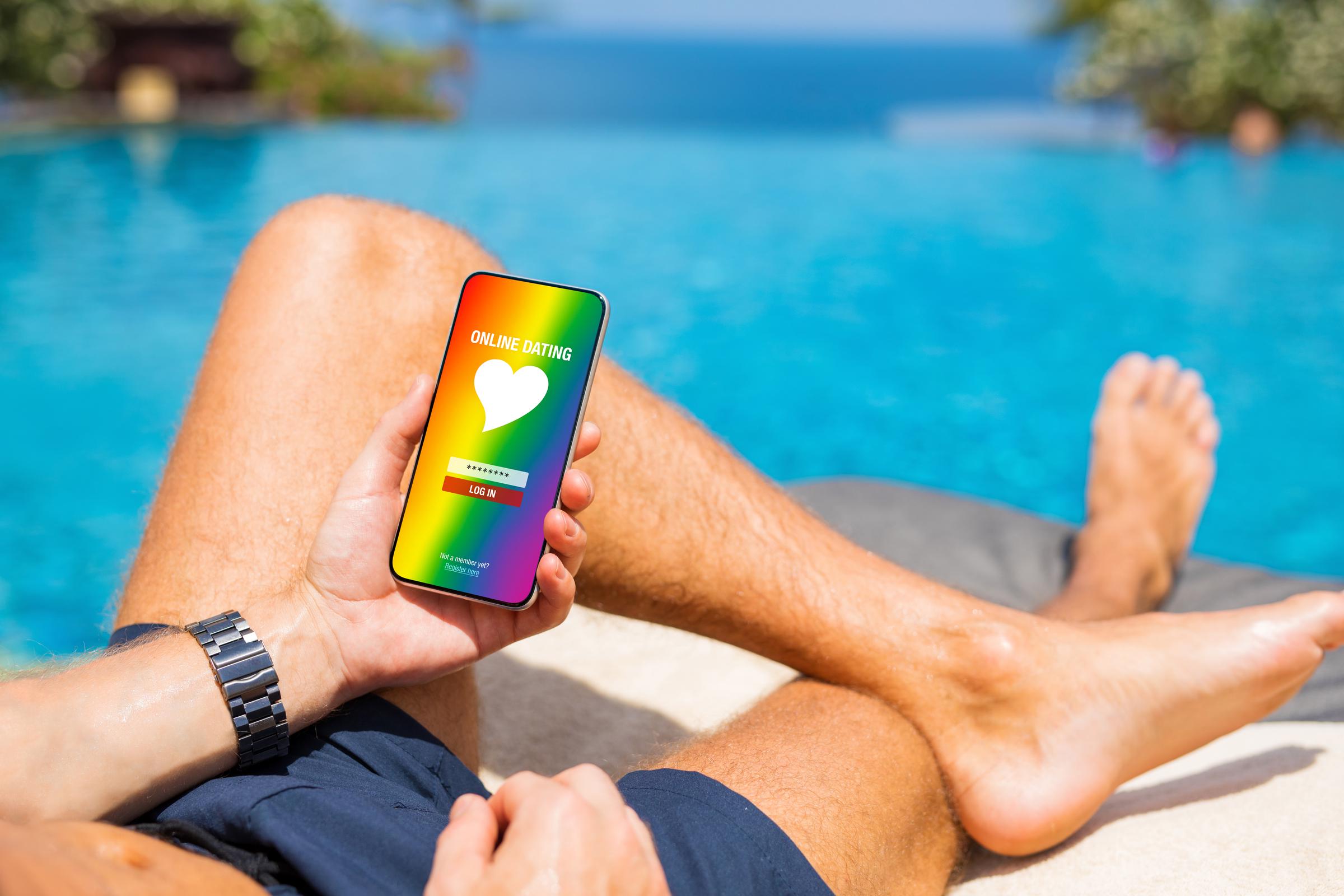
A person using an LGBTQ+ dating app | Source: Shutterstock
Some have called for stricter safety measures, with many insisting dating apps should require background checks. Then there's the question of algorithms — can they really predict love? Most people don't think so. But here is the truth. Dating apps can introduce you to interesting people — but it's still up to you to decide who's worth your time.
Final Thoughts
Online dating has opened up a world of opportunity, especially for those who might not cross paths otherwise. But as with anything online, it pays to be aware, stay safe, and remember that not every match is a meant-to-be moment.
Love might be just a swipe away — but a lasting connection still takes time, effort, and a bit of intuition that no algorithm can replicate.
